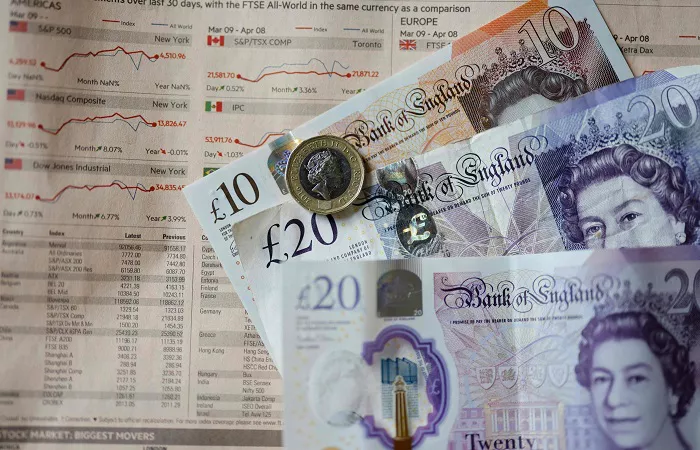The British Pound faced significant selling pressure against the Euro in January, driven by a surge in UK bond yields that eroded market confidence. This drop in sentiment caused the GBP/EUR exchange rate to fall to a four-month low near 1.1800, despite some stabilization in the UK bond market.
Although the Pound has struggled to regain its footing, Danske Bank remains cautiously optimistic about its recovery. The bank forecasts that GBP/EUR could climb to 1.2200 over the next 12 months, although it acknowledges that the UK economy remains vulnerable. Factors such as the country’s fragile fiscal position and persistent current account deficit continue to weigh on the currency.
Danske Bank highlights that the simultaneous decline in both UK bonds and the Pound is indicative of broader global confidence issues. The combination of falling bond prices and currency weakness signals a loss of investor faith, compounded by weaker global risk conditions. However, the bank suggests that the recent sell-off in both markets may have been excessive, potentially setting the stage for a rebound.
On the monetary policy front, Danske anticipates a rate cut from the Bank of England in February, with additional cuts expected throughout the year, totaling 100 basis points in easing. This dovish stance contrasts with the European Central Bank’s expectation of interest rate cuts at every policy meeting until summer, which could affect the broader yield spread between the UK and Eurozone.
Overall, Danske Bank expects these yield differentials to provide some support for the Pound, at least during the first half of the year. However, external factors, including potential trade policies under the Biden administration, are expected to introduce volatility to GBP/EUR, keeping the exchange rate subject to choppy trading conditions in the months ahead.
Related topics:
How to Conduct Fundamental Analysis of the Forex Market
How to Diversify Investment Risks in Foreign Exchange Trading


